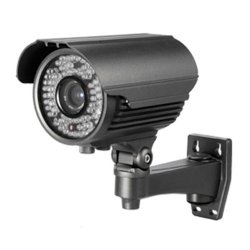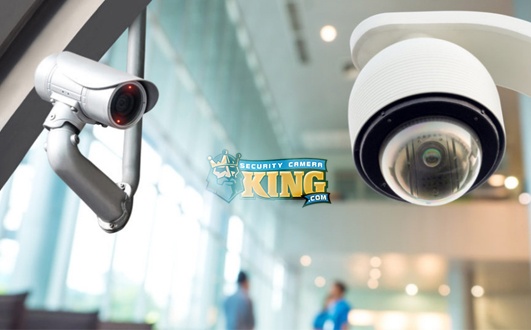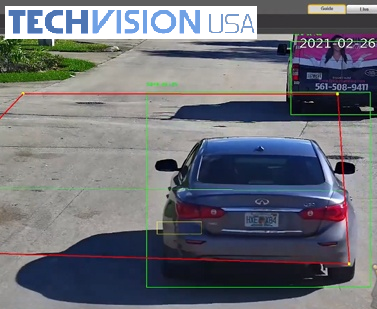 If you are looking to increase security in your work zone, consider using construction site security camera surveillance. Digital video security camera systems can help prevent theft of construction site materials, notify you and help prevent intrusion by trespassers, and even monitor the site for safety issues during the work period. In addition, construction site security camera surveillance is an excellent means for providing owners/investors with the ability to follow progress as the construction project proceeds.
If you are looking to increase security in your work zone, consider using construction site security camera surveillance. Digital video security camera systems can help prevent theft of construction site materials, notify you and help prevent intrusion by trespassers, and even monitor the site for safety issues during the work period. In addition, construction site security camera surveillance is an excellent means for providing owners/investors with the ability to follow progress as the construction project proceeds.
Before the technological advances in the digital security system industry, it may have been difficult and costly to obtain construction site security camera surveillance. However, with the advent of new technology including digital video cameras, wireless technology, and Internet Protocol (IP) ready systems, construction site security camera surveillance is reasonably priced and easy to provide, and easy to install.
For particularly large construction jobs, the use of construction site security camera surveillance can reduce or eliminate the need for security guards or a security team. In addition, large jobs can have several cameras or if necessary, multiple systems to provide complete perimeter and site surveillance; indoors our out.
There are so many different types of cameras and systems available that their application is incredibly versatile to the point that there are very few construction site applications where construction site security camera surveillance can’t be used. Let’s take a look at some of these security camera system features and how they can apply to a construction site.
Generally, the number of cameras (also called “channels”) available in a given system is determined by the DVR. The most common DVR types can accept up to four, eight, or sixteen camera inputs. One of these DVRs should accommodate your needs, however if you require more than sixteen cameras, two or more systems can be setup in tandem.
Digital video security cameras require a power supply and a video transmission cable (usually an RG-59 coaxial cable) that must be run from each camera to the DVR. If these cabling hookups aren’t practical for your situation, wireless battery operated cameras can be used instead. Wireless cameras contain their own built-in transmitter and on board antenna that is used to send the video signal via radio waves to a corresponding receiver.
Wireless cameras make use of a variety of different wireless technologies but probably the most common type used today is the 2.8 or 5.8 GHz technology. This is the same technology used to transmit wireless land-line based telephone conversations. It’s incredibly effective and free of interference and can have a relatively long range. Some wireless cameras boast up to a two mile range to the receiver.
These ranges are called “Line of Sight” or LOS ranges because the range specification given by the manufacturer is based on a transmission route between the camera and receiver in a line of sight, meaning without any obstructions between the two. Although objects within the LOS generally reduce the effective range, they seldom prevent reception. If there is an obstruction, the material of the object will determine the reduction in range. Be certain to check the range of wireless cameras before purchasing them to make sure they meet your specific range requirements.
In addition to the wireless transmission feature, some cameras can be operated by batteries (either rechargeable or disposable) instead of a power supply plugged into 120 volt AC service. Even better, cameras can also be purchased with an on-board motion detector.
Construction site security camera surveillance is generally concerned more with activity than non-active video so the motion-detector wireless battery operated camera is an excellent choice. The motion detector is a PIR (Passive InfraRed) sensor that can detect the change in infrared signatures in the camera’s field of view. If a change is detected, it is assumed that this was created by some sort of motion and the PIR connected internally to a relay in the camera housing, turns the camera on to record. The PIR sensor uses significantly less battery power than the camera, increasing the usable life of the batteries.
There are many other options available for construction site security camera surveillance. Night time infrared cameras can record activity using an infrared light source which is invisible to the human eye. Pan-Tilt-Zoom (PTZ) DVR programs with PTZ cameras can actually track or follow an object or person.
Construction site security camera surveillance is a cost-efficient time proven method for preventing and documenting theft, vandalism, and even accidents. This is one tool your construction site shouldn’t be without.











